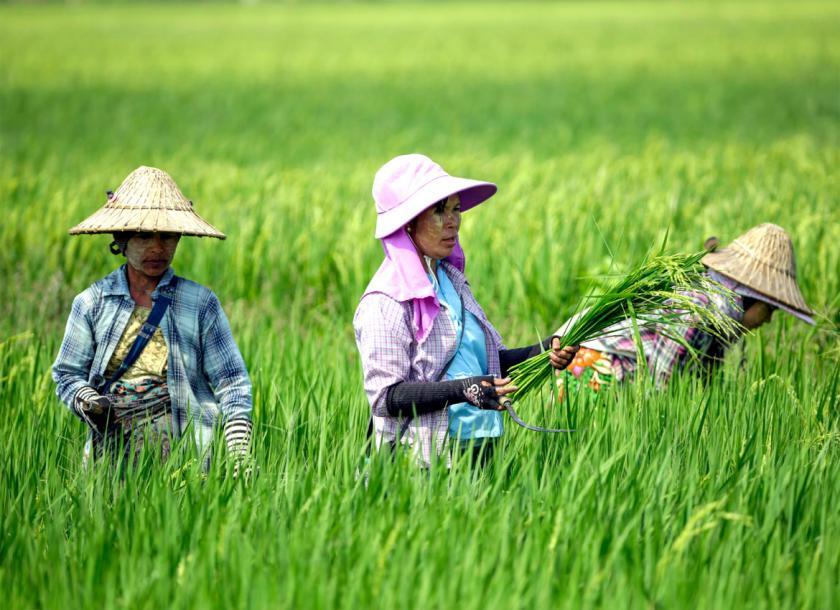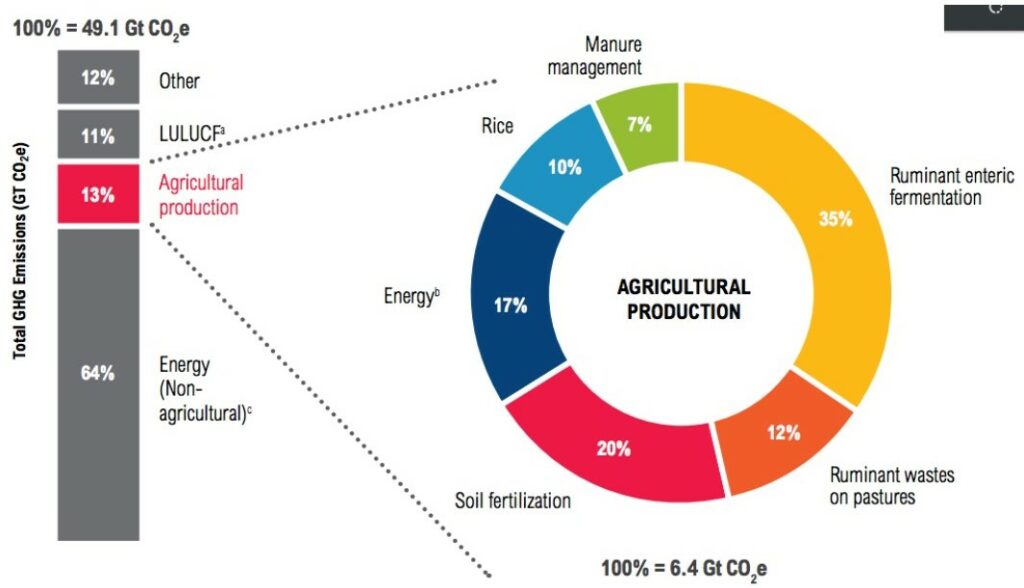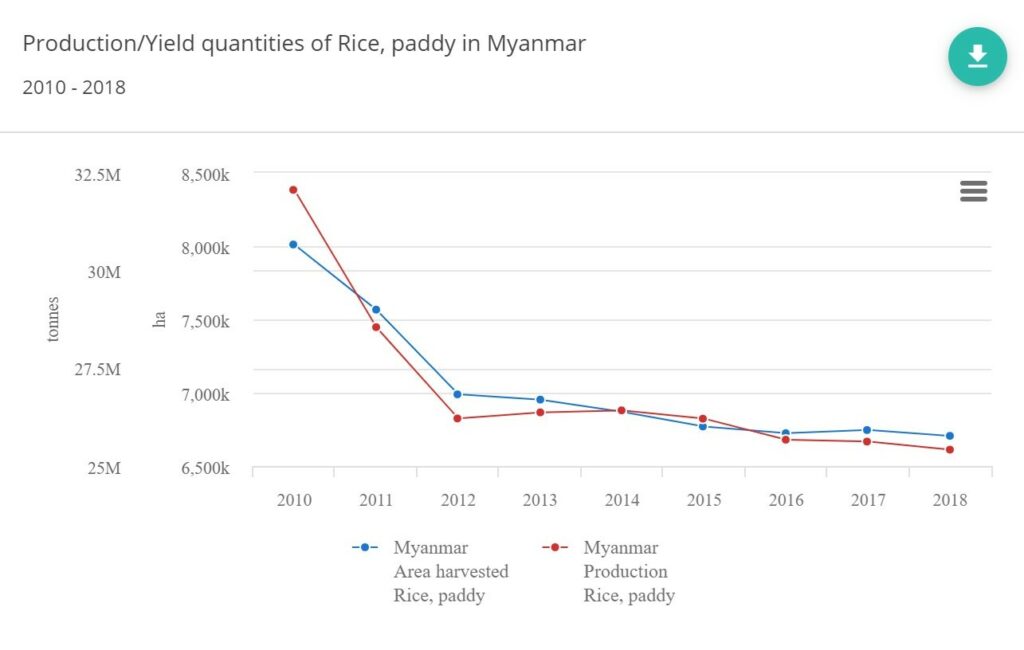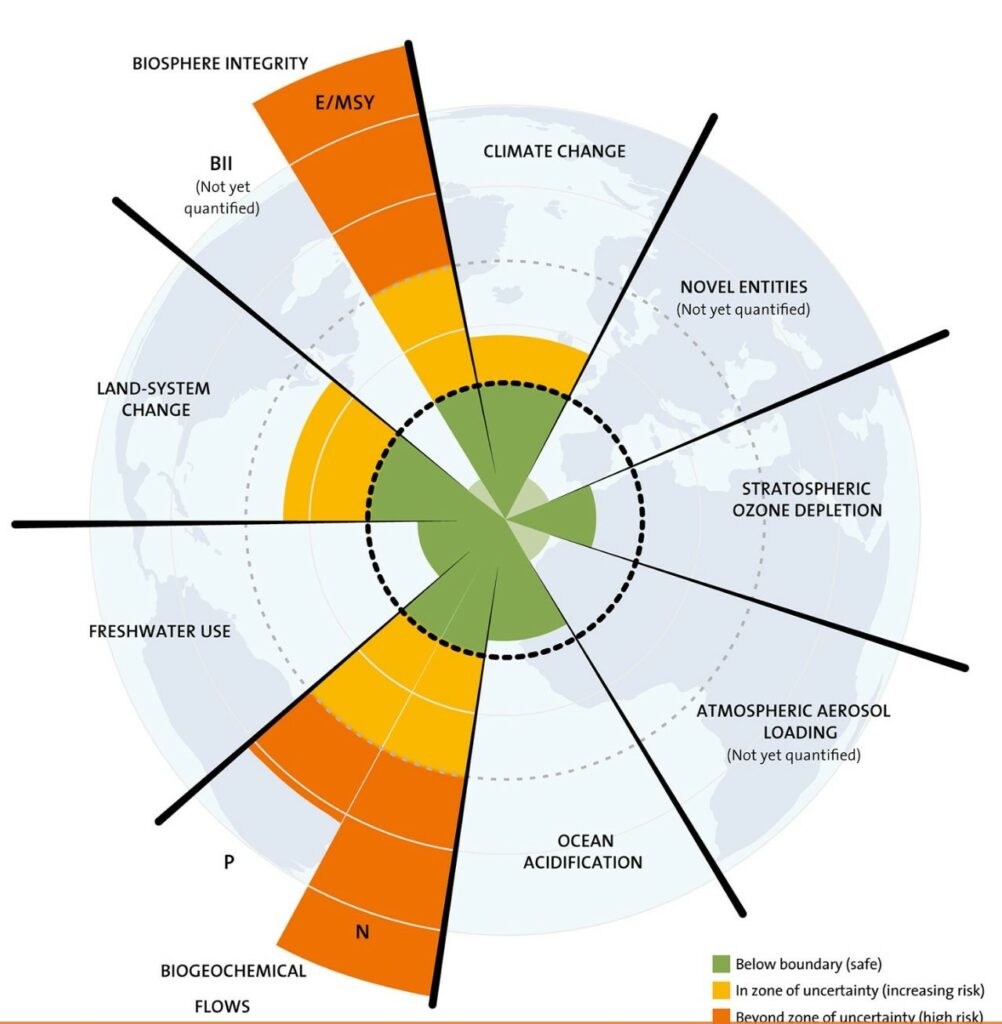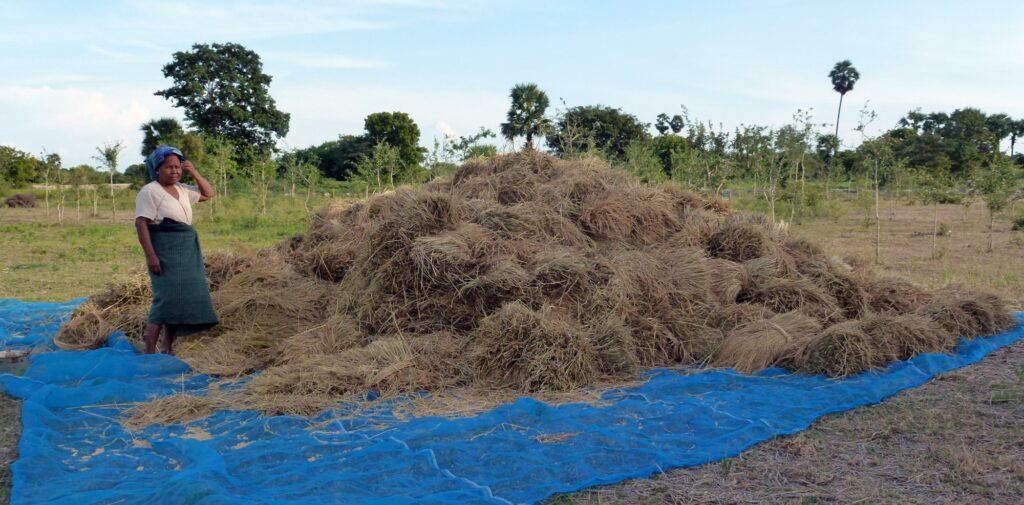Empowerment is a difficult concept to define. It encompasses an individual’s capability set and depends on the context where it is applied e.g. empowerment of an individual at household or community level. Empowerment is the process of enhancing/expanding the assets/capabilities of people/groups/communities to participate, influence, negotiate and hold accountable institutions that affect their lives, in an equitable manner, (Bennet, 2002), (Narayan,2002). Empowerment involves the questioning of agency and power relations within household/society.
For Kishor (2008), empowerment is defined as the process of increasing women’s control over their own lives, bodies and environment. Women must be active agents in the pursuit of empowerment rather than passive receipts of change. Consequently, a bottom up process as advised by Jo Rowlands, i.e. CSA, is essential to allow Female engagement from the start of empowerment enabling process as it allows women participate fully and to take ownership of it, (Villavicencio et al., 2018). In accordance with the SDG’s, Empowerment must have equal effects on all groups/community members, leaving no one behind, allowing for integration of Myanmar’s diverse range of 135 ethnic groups. Empowerment is for all levels of society but must endeavour to start empowerment enabling process with the group who is deemed furthest behind.
As women are the most vulnerable farmers in rural areas this report looks at the existing empowerment abilities and barriers of all women in each household from each agro-ecological zone. Barriers that women farmers face in Myanmar, which prevent gender empowerment include:
- Lack of gender equal constitutional legislation, e.g. land right and tenure(GEN, 2016), (WOMEN, 2016), (Network, 2015).
- Lack of support from Institutions, (Murray, 2015),(GEN, 2016),(WOMEN, 2016),(Network, 2015).
- Traditional stereotypies and social norms preventing realization of women rights and preventing participation in political and public life, (Colverson et al., 2020), (Murray, 2015), (GEN, 2016), (Network, 2015).
- Violence against women,(Paris, 2019),(GEN, 2016),(WOMEN, 2016),(Network, 2015).
- Access to Justice – fair pathways to get access to entitled inheritance, (Paris, 2019).
- Individual livelihoods and aspirations – that recourses available to them which could allow women to increase households’ income, bargaining power and decision making power in the household, were not relevant to their own ambitions they wishes to pursue, (Colgan et al., 2019).
- Lack of agency due to household dynamics, (Colgan et al., 2019),(Paris, 2019),(Network, 2015).
- Lack of access to resources, e.g. land rights, agricultural training, equipment and seeds, loans /credit, (Colgan et al., 2019), (Paris, 2019),(FAO, 2016),(Network, 2015).
While this study of gender dimensions in Myanmar’s CSVs focuses on the complex interaction between social norms, decision making power and existing perception of women’s role and the influence these factors have on gender empowerment of residents of each CSV, the research will contribute to an understanding of women’s empowerment, resource they can or cannot access and considerations for future CSA empowerment initiatives.
With the use of Community Based Approach (CBA) helps to ensure the inclusion of women in the design stage of CSA to the end results stage of CSA. Which is key to building gender empowerment, as seen in previous studies i.e. IIRR’s study of Guinayangan CSV in the Philippines, WorldFish study in rural Bangladesh, (Colgan et al., 2019). Through the increased engagement of women in such projects, potentially help to dissolve the traditional gender roles that reinforce the notion that female are not suited to particular livelihood activities, (Colverson et al., 2020), as is the case in Myanmar were women do not fit into the stereotype of farmers. Therefore, the implementation of CSA could help break barriers female farmers face in Myanmar. As found by TMG research 2020, ‘’supporting farmers by fostering women’s economic autonomy is critical to reduce poverty level of rural communities’’. Reducing the gender gaps in an agriculture dependent country such as Myanmar could provide example worldwide or at least in other global south countries, as women are central to agriculture in developing countries, (Huyer, Campbell, Hill, & Vermeulen, 2016).
Through improved nutrient security via CSA (as well as increased income and bargaining position of women can benefit family health and nutritional outcomes,(Duflo, 2003) (Colverson et al., 2020)). Research showed that women empowerment through livestock production (just one agriculture practice) – creates Links between women’s empowerment and food security, and a stronger link between women’s empowerment and nutrition security (Colverson et al., 2020), (Galiè et al., 2019). Same study also found distinct gender roles in nutrition and food security: the latter associated to men and the former associated to women (Galiè et al., 2019). This further implies the potential to increased food security by increased female engagement in CBA and CSA.
With the facilitation and support of empowerment/CSA both women and men must be able to take control of their own unique farming situation and act to fulfil their livelihood potential. Due to socialization ‘women may feel less empowered to act, so men must also be allies in supporting women’s empowerment, (Murray, 2015). There the use of CBA is very good way of engaging men and women in empowerment enabling activities (while the focus is on climate change and food security). This mixed gender engagement could also prevent potential backlash female farmers may face when challenging some traditional barriers and social norms i.e. working outside the home.
Gender empowerment, identified as one of the key Sustainable Development Goals (SDGs) of the United Nations, is given major emphasis globally. In recent years the United Nations has promoted the links between the gender equality, empowerment and climate change. For example, the Lima Work Programme on Gender adopted at COP20 in 2014, promoted gender balance and achieving gender-responsive climate policy. While at COP21 in Paris set the standard of adding gender component in policies. However due to challenges female farmers face the underutilisation of female potential and innovation is still widespread in agriculture. As climate change impacts extend from HH to ecosystems affecting individuals/communities in different ways – much the same as empowerment. Building a climate change resilience ultimately depends on creating localized gender empowerment- enabling environment that supports all participants.
Due to women’s proactive approach to climate change and the high female employment rate in the agri sector, compared to other sectors, building empowerment through agriculture it is a very logical way of targeting gender equality while building food security. But a lot of work still required to create equal space and resources for women and men to participate in climate change decision making and action at all levels. Particular in Myanmar which ranked 148 of out 188 countries in human development largely due to its failure to meet gender equalities standards, (UNDP, 2018).
References:
www.iucn.org/resources/issues-briefs/gender-and-climate-change.
Gender and international climate policy: An analysis of progress in gender equality at COP21, (Huyer, S., 2016) https://cgspace.cgiar.org/handle/10568/71106
Colgan, J., McDougall, C., Murray, U., Spillane, C., McKeown, P., & Hossain, M. (2019). Can climate-smart aquaculture enable women’s empowerment in rural Bangladesh?
FAO. (2016). MYANMAR: National Action Plan for Agriculture (NAPA).
GEN. (2016). Report on Obstacles to Gender Equality in Myanmar. Retrieved from file:///C:/Users/sally/Dropbox/McCarrick,%20Sally%20IIRR/PDFs%20to%20read/Obstacles%20to%20gender%20equality%20in%20Myanmar%20FullReport.pdf
Murray, U. (2015). TOPIC GUIDE: Women’s Empowerment in a changing Agricultural and Rural Context. . Retrieved from file:///D:/Thesis/Additional%20reading/Una’s%20Recommendations/Final_EoD_Topic_Guide_Women_Empowerment_Changing_Context.pdf
Network, G. E. (2015). Raising the curtain: Cultural norms, social practices and gender equality in Myanmar. Gender Equality Network Yangon.[online] Available from: http://www. genmyanmar. org/publications/GEN% 20Raising% 20the% 20Curtain% 20Full% 20E ng. pdf [Accessed: 18/9-16].
Paris, T. R., and M.F. Rola-Rubzen (Eds.). (2019). Gender Dimension of Climate Change Research in Agriculture
Case Studies in Southeast Asia. Retrieved from https://cgspace.cgiar.org/bitstream/handle/10568/100189/SEARCA_Gender_Dimension_of_Climate_Change_Research_in_Agriculture_Case_Studies_in_Southeast_Asia.pdf
Thein, P. T. (2015). Gender equality and cultural norms in Myanmar. Paper presented at the INT’L CONFERENCE ON BURMA/MYANMAR STUDIES (Jul. 2015).
Tsiboe, F., Zereyesus, Y. A., Popp, J. S., & Osei, E. (2018). The effect of women’s empowerment in agriculture on household nutrition and food poverty in Northern Ghana. Social Indicators Research, 138(1), 89-108.
WOMEN, U. (2016). Gender Equality and Women’s Rights in Myanmar: A Situation Analysis.
